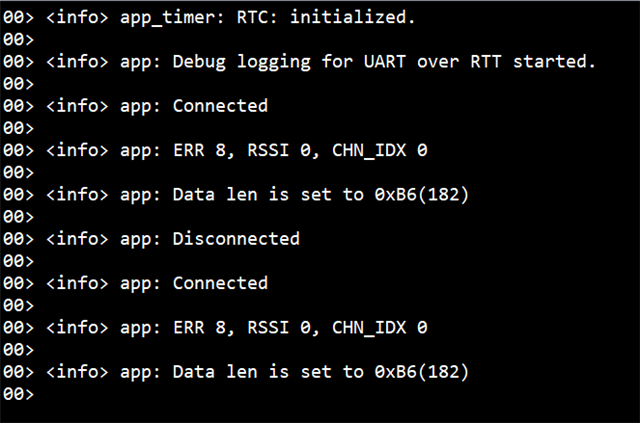Hello fellow Nordic community,
Assume that a given Peripheral (P) is advertising a BLE GAP signal which allows for multiple connections to be made.
In the vicinity to P we have two central devices (C1, C2) that hear the advertisement signal and connect to P.
(P) - - - - - - < 5 m > - - - - - - (C1)
|
- - - - - - - - - - < 10m > - - - - - - - - - - - - - - - - - - - - - - - - - - - - (C2)
Is it possible to determine on the Peripheral side which connected Central (C1 or C2) that's signal-wise closest to the Peripheral. Hence in the above example determine that C1 is closer than C2?
Thanks for any help!
Cheers,
Kristian



